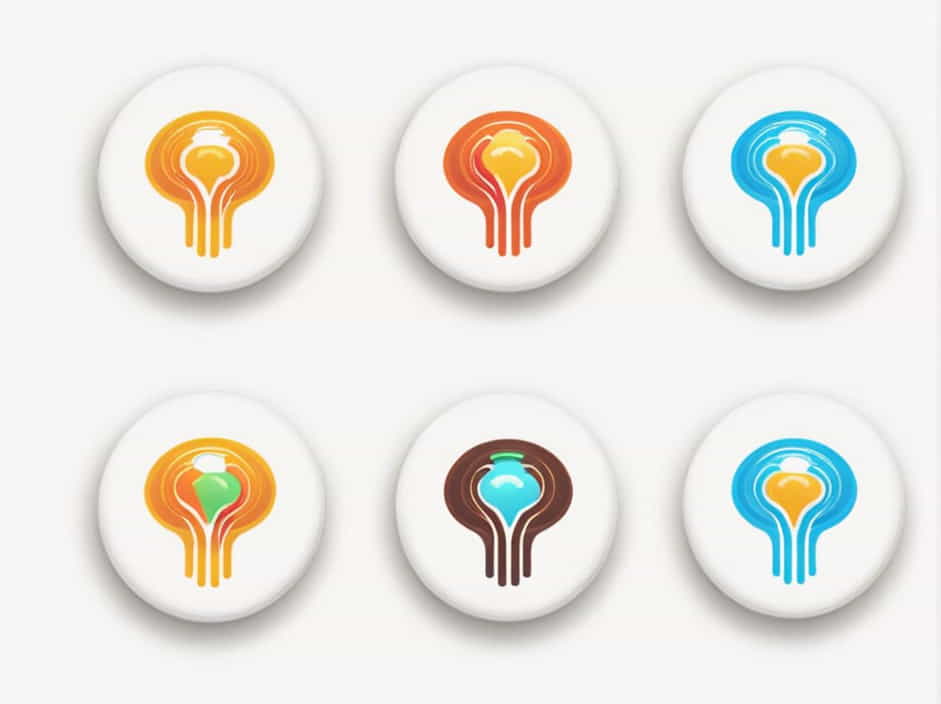The urinary bladder is a vital organ responsible for the storage and controlled release of urine. Its function is regulated by a complex network of nerves that coordinate bladder filling and emptying. The nerve supply of the urinary bladder involves both the autonomic nervous system (sympathetic and parasympathetic) and the somatic nervous system, ensuring voluntary and involuntary control.
Understanding the nerve supply of the bladder is essential for diagnosing and managing bladder dysfunction, urinary incontinence, and neurogenic bladder disorders. This topic will explore the anatomy, functions, and clinical significance of the bladder’s nerve supply in detail.
Anatomy of the Urinary Bladder Nerve Supply
The nerve supply of the urinary bladder comes from three primary sources:
- Parasympathetic nerves (Pelvic Nerves – S2, S3, S4)
- Sympathetic nerves (Hypogastric Nerve – T11, T12, L1, L2)
- Somatic nerves (Pudendal Nerve – S2, S3, S4)
Each of these nerve systems plays a specific role in bladder function, ensuring proper urine storage and controlled emptying.
1. Parasympathetic Nerve Supply (Pelvic Nerves – S2, S3, S4)
The parasympathetic nervous system plays a crucial role in bladder contraction and urination.
Function of Parasympathetic Nerves
- The pelvic nerves originate from spinal segments S2, S3, and S4.
- They carry cholinergic (acetylcholine-mediated) signals that stimulate the detrusor muscle to contract.
- Contraction of the detrusor muscle leads to bladder emptying (micturition).
- At the same time, parasympathetic activation relaxes the internal urethral sphincter, allowing urine to pass.
Clinical Relevance
- Damage to parasympathetic nerves (e.g., in spinal cord injuries or neurological diseases) can cause urinary retention, making it difficult to empty the bladder.
- Conditions like neurogenic bladder often result from impaired parasympathetic function.
2. Sympathetic Nerve Supply (Hypogastric Nerve – T11, T12, L1, L2)
The sympathetic nervous system is primarily responsible for bladder relaxation and urine storage.
Function of Sympathetic Nerves
- The hypogastric nerve originates from T11, T12, L1, and L2 spinal segments.
- It releases noradrenaline (norepinephrine), which has two major effects:
- Relaxes the detrusor muscle, allowing the bladder to fill and expand.
- Contracts the internal urethral sphincter, preventing urine leakage.
Clinical Relevance
- Overactive sympathetic activity can lead to urinary retention, causing difficulty in urination.
- Sympathetic dysfunction is often seen in spinal cord injuries and autonomic nervous system disorders.
3. Somatic Nerve Supply (Pudendal Nerve – S2, S3, S4)
The pudendal nerve controls voluntary control over urination by regulating the external urethral sphincter.
Function of the Pudendal Nerve
- Originates from S2, S3, and S4 and provides somatic (voluntary) control.
- Activates the external urethral sphincter, allowing individuals to hold in urine consciously.
- When it is time to urinate, the pudendal nerve relaxes, allowing urine to pass.
Clinical Relevance
- Damage to the pudendal nerve (e.g., after childbirth, surgery, or nerve compression) can cause urinary incontinence, where the bladder cannot hold urine properly.
- Weakness in the external sphincter leads to involuntary urine leakage.
Neural Control of Micturition (Urination Process)
The act of urination (micturition) is controlled by a balance between the parasympathetic, sympathetic, and somatic nervous systems.
1. Bladder Filling Phase (Storage Phase)
- Sympathetic nerves (Hypogastric Nerve – T11-L2) dominate.
- Detrusor muscle relaxes to allow urine storage.
- Internal urethral sphincter contracts to prevent leakage.
- The external urethral sphincter (controlled by pudendal nerve) remains contracted, maintaining continence.
2. Bladder Emptying Phase (Micturition Reflex)
- When the bladder is full, sensory stretch receptors send signals to the brain.
- Parasympathetic nerves (Pelvic Nerves – S2-S4) activate.
- Detrusor muscle contracts, pushing urine out.
- Internal sphincter relaxes, allowing urine flow.
- The pudendal nerve inhibits the external sphincter, permitting voluntary urination.
3. Voluntary Control Over Urination
- The pontine micturition center (PMC) in the brainstem coordinates urination.
- The cerebral cortex allows voluntary suppression of urination until it is socially appropriate.
- If it is not the right time to urinate, the pudendal nerve contracts the external sphincter to delay voiding.
Disorders Related to Bladder Nerve Supply
Several medical conditions affect the nerve supply of the bladder, leading to urinary dysfunction.
1. Neurogenic Bladder
- Caused by damage to the nervous system due to spinal cord injury, multiple sclerosis, Parkinson’s disease, or stroke.
- Symptoms include urinary incontinence, retention, and frequent infections.
2. Overactive Bladder (OAB)
- Results from excessive detrusor muscle contractions due to abnormal nerve signals.
- Leads to frequent urination, urgency, and incontinence.
3. Urinary Retention
- Can occur when sympathetic nerves remain overly active, preventing the bladder from emptying.
- Common in nerve damage, diabetes, or post-surgical complications.
4. Stress Urinary Incontinence (SUI)
- Happens when the pudendal nerve is weakened, causing involuntary leakage during activities like coughing, sneezing, or exercise.
- Often seen in women after childbirth.
How to Maintain Healthy Bladder Nerve Function
- Stay Hydrated – Drink enough water to maintain bladder health.
- Pelvic Floor Exercises (Kegels) – Strengthen the external urethral sphincter to prevent incontinence.
- Avoid Holding Urine for Too Long – Can overstretch the bladder and affect nerve sensitivity.
- Maintain a Healthy Diet – Avoid excessive caffeine, alcohol, and spicy foods, which can irritate the bladder.
- Regular Medical Check-Ups – Essential for individuals with neurological conditions affecting bladder function.
The nerve supply of the urinary bladder is a complex system involving parasympathetic, sympathetic, and somatic nerves, working together to control urine storage and release.
- Parasympathetic nerves (S2-S4) trigger bladder contraction for urination.
- Sympathetic nerves (T11-L2) relax the bladder for urine storage.
- Somatic nerves (S2-S4, Pudendal Nerve) allow voluntary control over urination.
Disruptions in this nerve supply can lead to bladder dysfunction, incontinence, or retention. Understanding these mechanisms helps in diagnosing and managing various urinary disorders, ensuring optimal bladder health.
